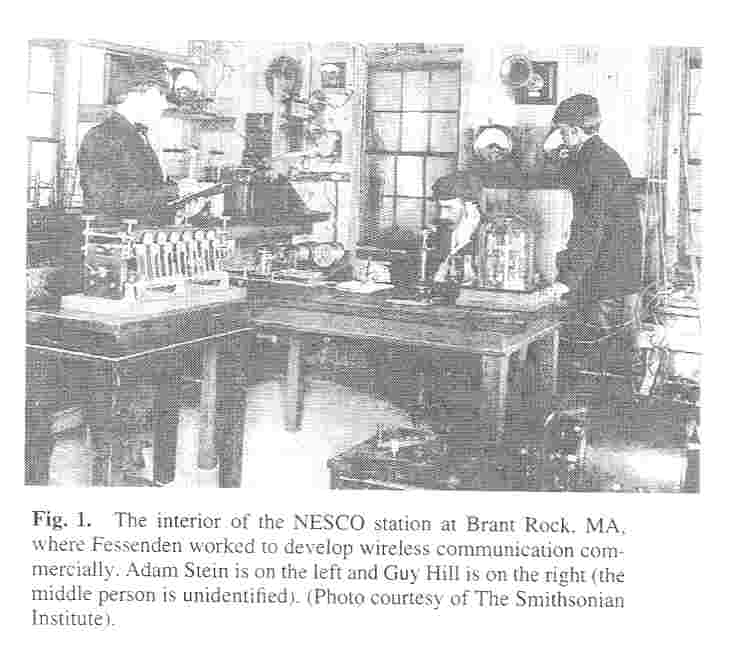Briefing on Potential Benefits of Small Modular Nuclear Reactors Draws Congressional Interest
WASHINGTON (4 October 2010) — Small Modular Nuclear Reactors have the potential to help our nation meet its future electricity needs, create jobs and boost U.S. competitiveness, congressional staff heard on Capitol Hill last Thursday.
The event featured Paul Genoa, director of policy development for the Nuclear Energy Institute, and Daniel Ingersoll, senior program manager, Nuclear Technology Programs Office, at Oak Ridge (Tenn.) National Laboratory. Gordon Day, 2009 IEEE-USA president, served as moderator.
Rep. Zach Wamp (R-Tenn.), whose district includes Oak Ridge, gave introductory remarks. He thinks nuclear energy will play a key role in the United States’ future energy portfolio, and noted that the Obama administration supports it.
“We have a need for efficient designs, and we have the capacity in this country to do this well,” Wamp said. “… This has to be our centerpiece of next-generation energy.”
Small Modular Nuclear Reactors, or SMRs, are in the design and planning stages right now. If constructed, they would be smaller than a typical nuclear plant, but can be scaled to various sizes depending on the number of modules.
Ingersoll said once a design was approved, it would take 3-4 years to construct, and that the goal was to have one producing power by 2018 or 2019. He said the key benefits of SMRs are, among others:
* Enhanced safety and robustness from simplified designs
* Enhanced security from underground siting
* The ability to add new electrical capacity incrementally to match power demand and growth
* Lower capital costs
* Domestic supply chain
“SMRs can be completely fabricated with U.S. technology and workers,” Ingersoll said.
If the United States can become a leader in SMR technology, it could export its designs and manufactured plants to other countries. This would create jobs for U.S. scientists, engineers and construction workers.
“We can do well here if we export these technologies abroad,” Genoa said.
Countries such as India, South Korea, China, Russia and Argentina are also looking to build and export SMRs. President Barack Obama’s FY2011 budget requests $38.8 million for SMRs and $103 million for the Next Generation Nuclear Plant program. But that money is on hold until Congress passes an FY2011 budget.
“When we deploy them in the U.S.,” Genoa said, “will we build them or will we buy them from China?”
Ingersoll’s presentation included a portion of an op-ed by Department of Energy Secretary Steven Chu that appeared in the Wall Street Journal on 23 March 2010.
“… If we can develop this technology in the U.S. and build these reactors with American workers, we will have a key competitive edge,” Chu wrote. “… Our choice is clear: develop these technologies today or import them tomorrow.” See http://online.wsj.com/article/SB10001424052748704231304575092130239999278.html
The SMR event was sponsored by Discover Magazine, ASME and IEEE-USA. It was the sixth in a series of congressional briefings entitled, “The Road to the New Energy Economy.” To see videos of previous events, go to http://discovermagazine.com/events/road-to-new-energy-economy/.
Special Session on Federal Cybersecurity Research Priorities to Follow IEEE Homeland Security Conference
WASHINGTON (29 September 2010) — The federal Networking and Information Technology Research and Development (NITRD) Program will present the strategic directions of U.S. federal cybersecurity research immediately following the 2010 IEEE International Conference on Technologies for Homeland Security (HST 10) in November.
During this special session, senior U.S. government officials will describe R&D themes developed to orient federal cybersecurity research and to stimulate related private sector cybersecurity activities. The themes are: tailored trustworthy spaces, moving target, and cyber economics and incentives. The session will provide insights into those priorities and how they are shaping the direction of federal cybersecurity research. Speakers will come from the Office of the Director of National Intelligence, the National Science Foundation and the National Institute of Standards and Technology.
The NITRD Program (www.nitrd.gov) coordinates the government’s unclassified networking and information technology R&D investments. Agencies include those above and the Department of Homeland Security, NASA, the Defense Advanced Research Projects Agency, the National Institutes of Health and the National Security Agency, among others. These organizations work together to develop advanced federal networking and IT capabilities; U.S. science, engineering and technology leadership; and U.S. economic competitiveness.
HST 10, at the Westin Hotel in Waltham, Mass., USA, 8-10 November 2010, will bring together global science (more…)

